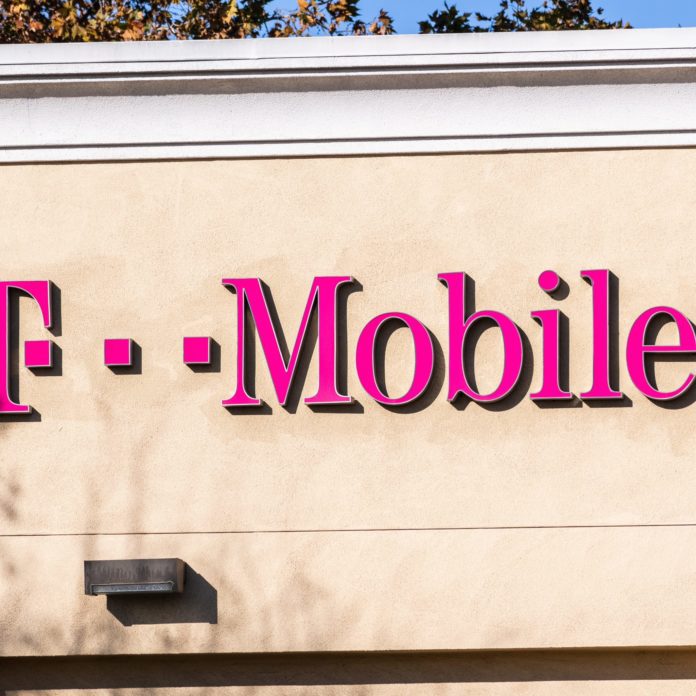T-Mobile US said VoNR brings the promise Standalone 5G ‘one step closer’ by enabling advanced capabilities like network slicing
T-Mobile US customers in limited areas of Portland, Ore. and Salt Lake City who have the Samsung Galaxy S21 5G now have access to Voice Over New Radio (VoNR) services. The carrier said additional cities will be added to the list throughout the remainder of this year.
According to T-Mobile US, VoNR brings the promise of Standalone (SA) 5G “one step closer” by enabling advanced capabilities like network slicing that rely on a continuous connection to a 5G core. When it comes to voice calls, specifically, the carrier stated customers will access to VoNR can expect to be seamlessly connected to 5G for the entirety of the call. Customers will also notice slightly faster call set-up times, meaning less delay between the time they dial a number and when the phone starts ringing.
“We don’t just have the leading 5G network in the country. T-Mobile is setting the pace for providers around the globe as we push the industry forward — now starting to roll out another critical service over 5G,” said Neville Ray, president of technology at T-Mobile. “5G is already driving new levels of engagement, transforming how our customers use their smartphones and bringing unprecedented connectivity to areas that desperately need it. And it’s just going to get better thanks to the incredible T-Mobile team and our partners who are tirelessly innovating and advancing the capabilities of 5G every day.”
Some of those partners include IDC, Ericsson, Nokia and Samsung. They, too, see this latest development as a significant step towards the realization of SA 5G.
For instance, Jason Leigh, research manager, 5G and Mobility at IDC, commented: “VoNR represents the next step in the 5G maturity journey—an application that exists and operates in a complete end-to-end 5G environment. Migrating to VoNR will be a key factor in developing new immersive app experiences that need to tap into the full bandwidth, latency and density benefits offered by a 5G standalone network.”
T-Mobile US claims to be the first in the world to deliver nationwide SA 5G. It is certainly the first amongst its direct competitors in the U.S., having deployed the network in August 2020 using its 600 MHz spectrum. At the recent Big 5G Event in Austin, Texas, Ray told RCR Wireless News that in addition to ultimately supporting 5G voice calls, VoNR, without a Non-Standalone 5G or LTE anchor, sees its investment in low-band as the “foundation” of the company’s network.
“If you think about our competition, they started in a very different place with mmWave. Almost a complete 180, maybe a 540, I don’t know,” he said. “But if you think about many of the use cases, be it vehicular or agricultural, where you’re going to need maybe low latency but low data services on a broad, broad coverage basis, you could never do that with mmWave. You’re going to have to do that with low-band 5G. We always thought that was going to be your foundation. Our coverage is really strong in that layer. It’s a material lead.”
The carrier’s Extended Range 5G (low-band 600 MHz spectrum) covers 315 million people across 1.8 million square miles, while 225 million people nationwide are covered with its Ultra Capacity 5G (2.5 GHz spectrum). The carrier expects to cover 260 million in 2022 and 300 million next year.

